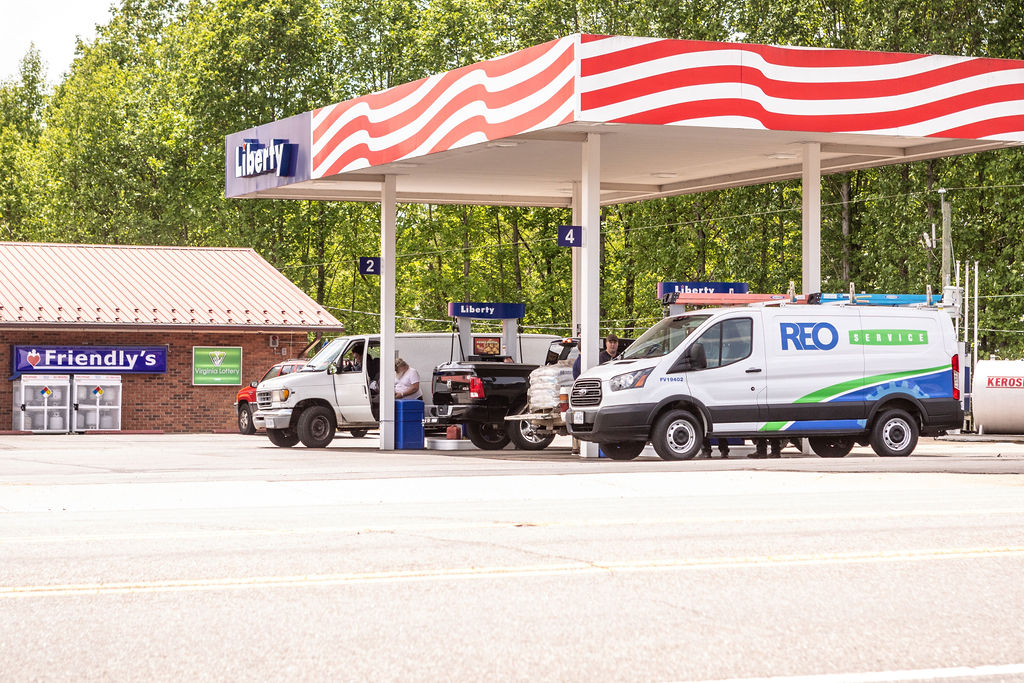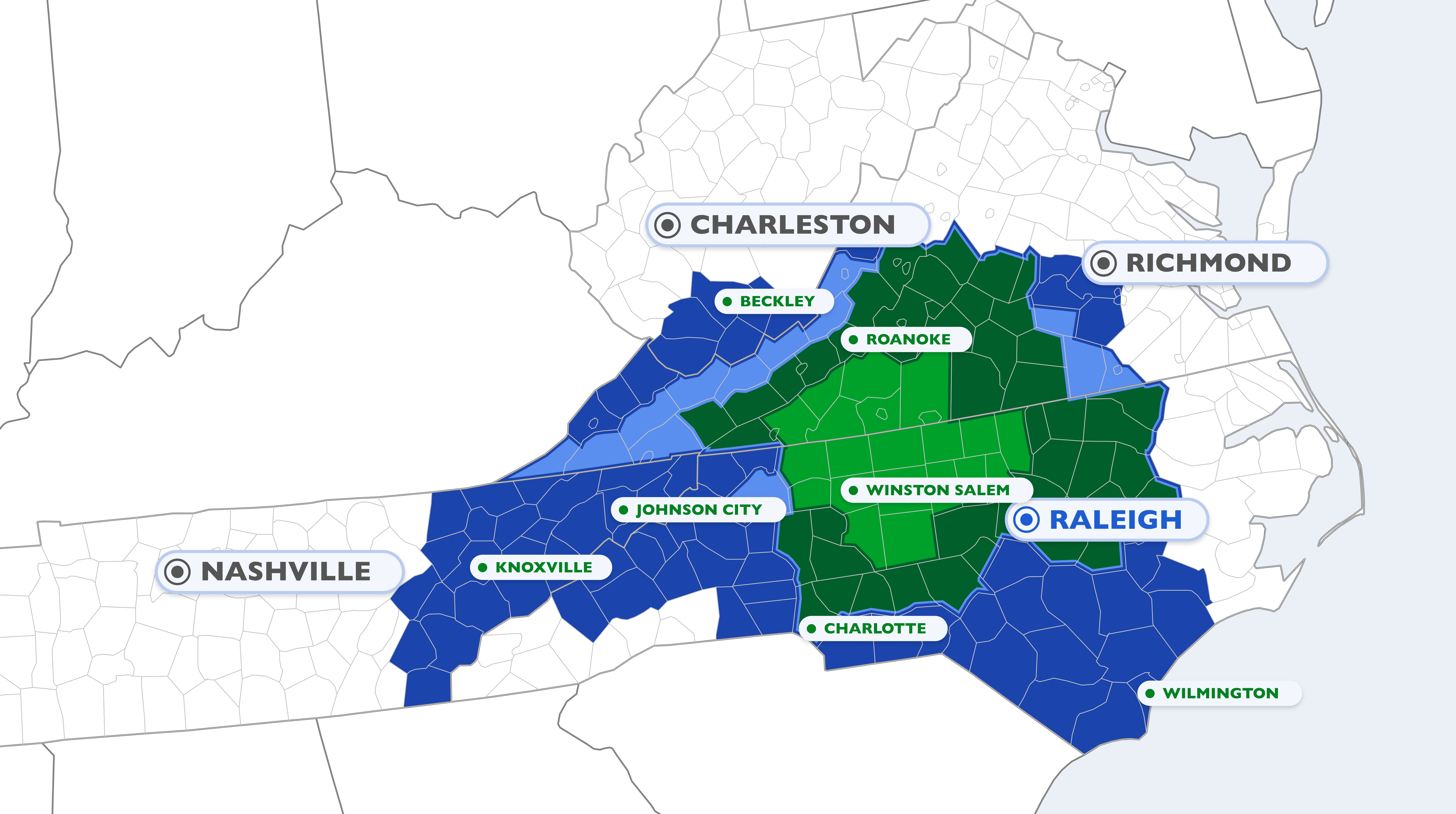Ethanol-Gasoline Blends: What You Need To Know
Ethanol-gasoline blends have become a popular option at the pump, offering benefits that go beyond conventional gas. This article explores the key aspects of ethanol-gasoline blends, their advantages, considerations, and which vehicles can use this blend.
What Are Ethanol-Gasoline Blends?
Ethanol-gasoline blends are mixtures of ethanol and traditional gasoline. Ethanol is a type of alcohol produced from renewable resources like corn, sugarcane, or even cellulosic materials. It’s a clear liquid used for various purposes, including as a fuel additive.
Common blends include E10 (10% ethanol, 90% gasoline) and E85 (85% ethanol, 15% gasoline). These blends combine the benefits of ethanol, such as higher octane rating and reduced emissions, with the convenience and availability of regular gas.
What is E10?
E10 is 10% ethanol & 90% gas.
Ethanol Boosts Octane And Vehicle Performance.
One of the main reasons why ethanol is added is to increase its octane rating. Octane is a measure of a fuel’s resistance to knocking, which is the uncontrolled combustion that can damage an engine. Blending ethanol with gas raises the overall octane level, improving engine performance and efficiency.
Ethanol-Gasoline Blends Meet The Renewable Fuel Standard.
Another advantage is the positive impact on the environment. In the United States, the Renewable Fuel Standard (RFS) is a government policy that requires a certain amount of renewable fuels, including ethanol, to be blended into gasoline. These policies aim to promote renewable energy sources, reduce dependence on fossil fuels and reduce greenhouse gas emissions.
Ethanol’s Properties Are Compatible With Most Modern Vehicles.
Ethanol has higher oxygen content and increased corrosiveness. Most modern vehicles, especially those manufactured after 2001, are designed to run on E10 blends without issues. These vehicles have fuel lines, seals, and engine parts compatible with ethanol.
However, older vehicles (manufactured before the mid-2000s) or those unable to handle these properties may experience damage or performance issues when running on E10. It is essential to check your vehicle’s owner’s manual and select the appropriate fuel at the pump.
Where To Find Ethanol Blends.
Many convenience stores offer E10 blends as a standard option. E85 requires specific tanks, lines and dispensers, so it’s not as widely available. Look for pumps labeled with percentages or ask the store’s attendant for assistance. Various online resources and mobile apps can help you locate nearby stations that provide ethanol-gasoline blends.
Convenience Stores Can Depend on Reliable Gasoline Delivery From Hutchens Rentz-Eden.
E10 is an environmentally friendly alternative to traditional gasoline. Hutchens Rentz-Eden proudly supplies fuel from companies like CITGO Petroleum, Exxon Mobil, Marathon, 76 and Liberty, and we sell E10 versions of 87, 89 and 93 octanes. Whatever your fuel preferences, you can expect professional and consistent deliveries from the HRE team. Contact us about your gasoline needs, and we’ll help you get started!





